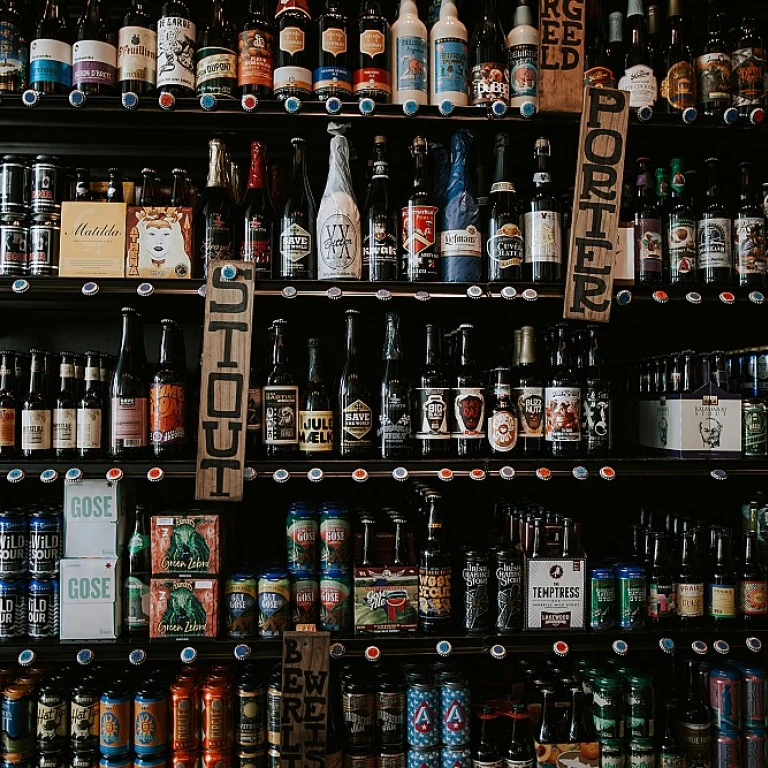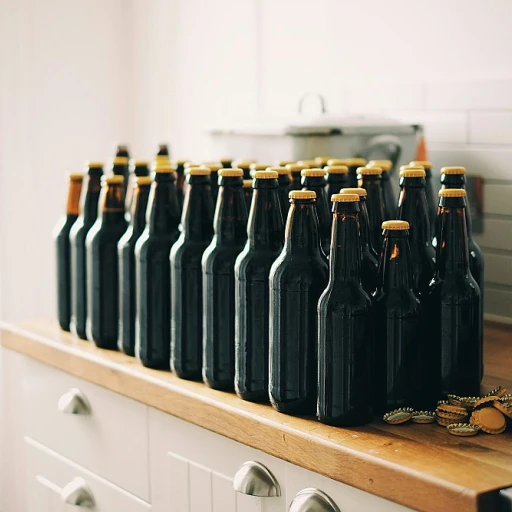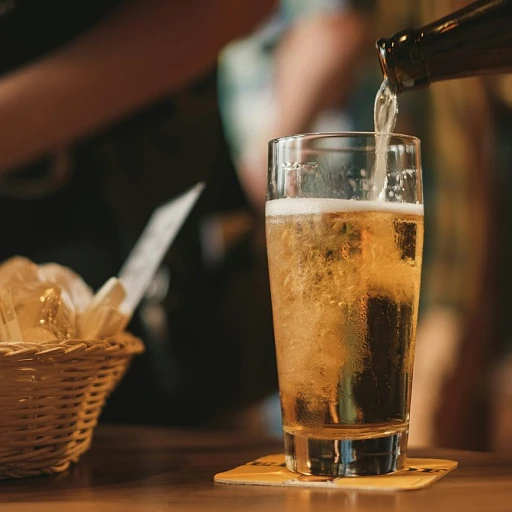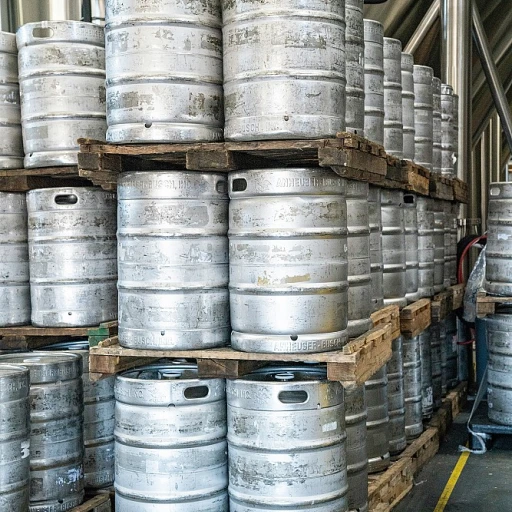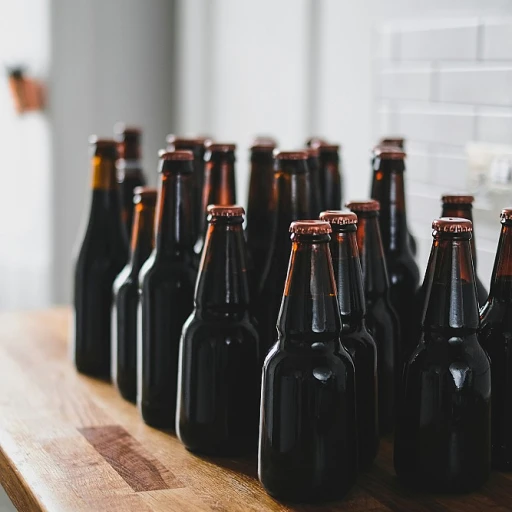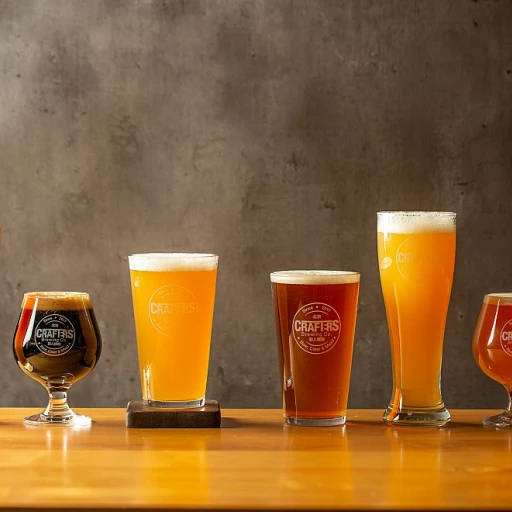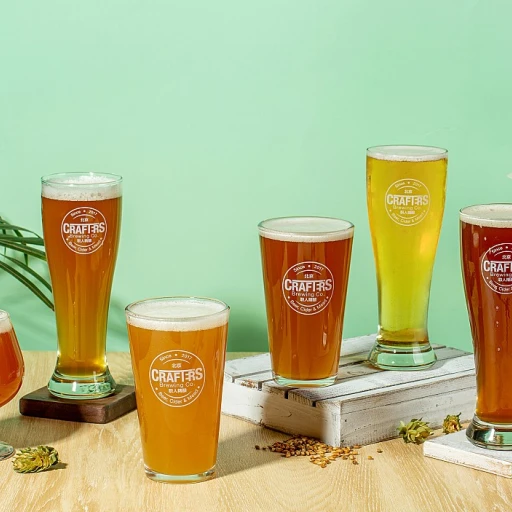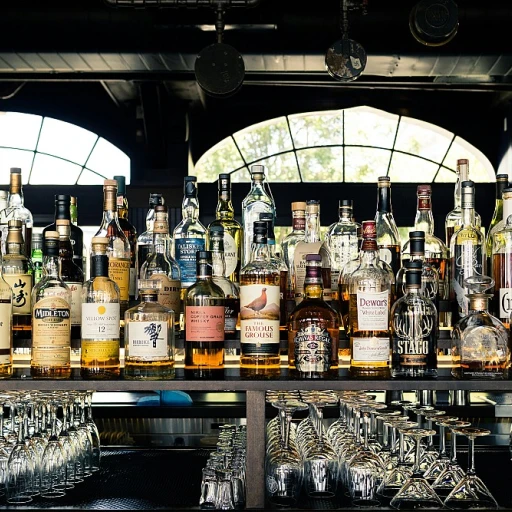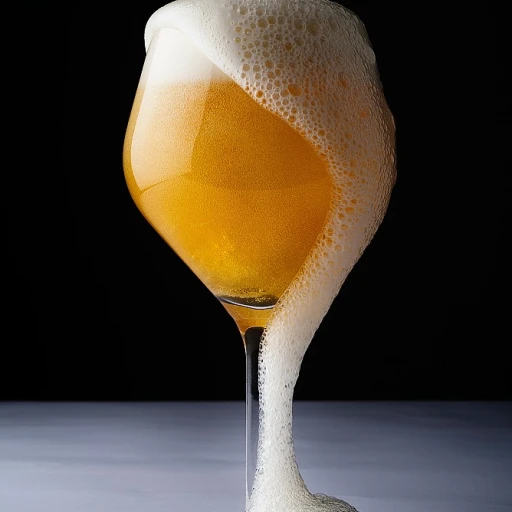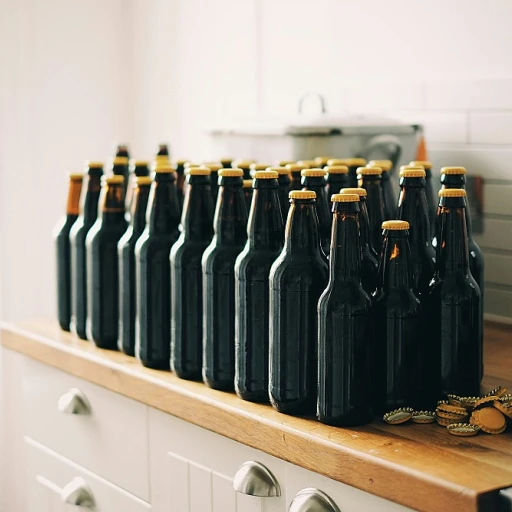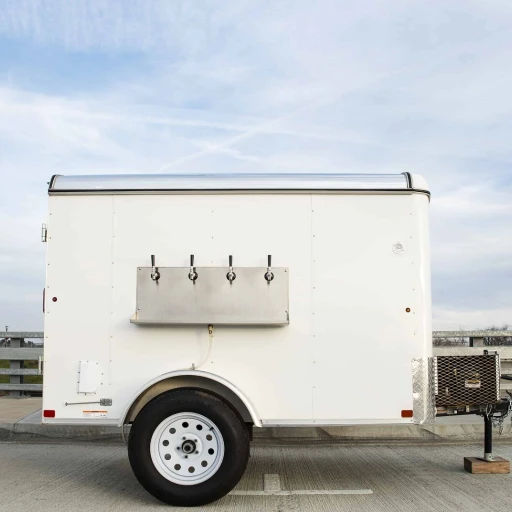
Understanding the basics of lager beer and pilsner lager
What makes a lager a lager?
Lagers are one of the most popular beer styles worldwide, known for their clean, crisp, and refreshing qualities. But what exactly sets a lager apart from other beers? The answer lies in the yeast and fermentation process. Lagers are brewed using bottom-fermenting yeast, which works best at cooler temperatures. This slow, cold fermentation results in a smooth, mellow beer with subtle flavors and a clear appearance.
Pilsners: a special kind of lager
Pilsners are actually a type of lager, but they have their own unique characteristics. Originating from the Czech city of Pilsen, pilsners are typically lighter in color and have a more pronounced hop aroma and bitterness compared to other lagers. While all pilsners are lagers, not all lagers are pilsners. This distinction is important when exploring the wide world of beer styles.
- Lagers: Broad category, includes many substyles like helles, Vienna, and pilsner
- Pilsners: A specific, hop-forward lager style with a golden hue
If you’re interested in exploring more about the variety of lagers, check out this article on Vienna lager cans and what makes them stand out.
Next, we’ll look at how yeast, hops, and fermentation shape the character of these beers, and what makes each style unique in the brewing process.
The brewing process: yeast, hops, and fermentation
Key ingredients and how they shape the beer
Both lagers and pilsners share a foundation of water, malted barley, hops, and yeast. However, the choice of ingredients and how they are used makes a big difference in the final beer. Lagers typically use a clean, neutral yeast that ferments at cooler temperatures. This results in a crisp, smooth beer with subtle flavors. Pilsners, a type of lager, stand out by using more aromatic hops—often of the noble variety—which give them a distinctive floral or spicy aroma and a pronounced bitterness.
Fermentation: cool and slow for clarity
The fermentation process is crucial for both styles. Lagers are fermented at lower temperatures, usually between 7°C and 13°C, which slows down the yeast activity. This slow fermentation helps produce a clean, clear beer with fewer fruity esters and minimal byproducts. Pilsners follow the same process but may use specific yeast strains and hop schedules to highlight their unique character.
Brewing traditions and modern techniques
Traditional brewing methods, especially those from Germany and the Czech Republic, have influenced how lagers and pilsners are made worldwide. While modern breweries may use advanced equipment, the core steps—cool fermentation, extended lagering (cold storage), and careful ingredient selection—remain the same. If you're interested in exploring a refreshing lager experience, check out this guide to Carib Blue for a look at how these brewing principles are applied in different regions.
Flavor profiles: clean crisp lagers vs. hoppy pilsners
What sets pilsners and lagers apart on your palate?
When you sip a lager or a pilsner, the difference is clear in the flavor and aroma. Both styles are known for their refreshing qualities, but they each bring something unique to the glass.
- Lagers are typically clean, crisp, and balanced. They have a subtle malt sweetness and a gentle bitterness, making them easy to drink and approachable for most palates.
- Pilsners stand out with a brighter hop character. Expect a pronounced floral or spicy aroma, a snappier bitterness, and a lighter body. The hops used in pilsners—often noble varieties—give them their signature zesty finish.
While both styles use similar yeast and fermentation methods, the choice of hops and malt, as well as the water profile, play a big role in shaping their taste. Pilsners are often more aromatic and assertive, while lagers lean toward smoothness and subtlety.
Curious about how these flavor differences compare to other beverages? Explore the flavor heritage and experience of hard cider for another perspective on crisp, refreshing drinks.
German roots and global influence of lagers and pilsners
From Bavarian cellars to worldwide fame
Lagers and pilsners both have deep roots in Central Europe, especially in Germany and the Czech Republic. The story begins in cool Bavarian cellars, where brewers perfected the art of fermenting beer at low temperatures. This method gave birth to the first lagers—smooth, clean, and refreshing. Pilsner, on the other hand, originated in the Czech city of Plzeň. Brewers there wanted a lighter, brighter beer and used pale malts and local Saaz hops. The result was a golden, crisp, and slightly bitter beer that quickly gained popularity.How tradition shaped today’s beers
- German lagers are known for their balance and subtlety. Styles like Helles and Dunkel focus on malt character and smoothness.
- Pilsners, especially the original Czech style, highlight hop aroma and a dry finish. German pilsners tend to be a bit more bitter and lighter in body.
- As brewing techniques spread, both lagers and pilsners were adapted around the world. American brewers, for example, created their own versions, often lighter and less bitter than their European counterparts.
Choosing your beer: which type suits your taste?
How to pick the right beer for your palate
When it comes to choosing between a classic lager and a pilsner, your personal taste preferences play a big role. Both styles share a crisp, refreshing character, but their differences can help you decide which one to enjoy next.
- If you prefer subtlety: Lagers are known for their clean, smooth flavor with mild bitterness. They’re a great choice if you like a balanced, easy-drinking beer that doesn’t overpower the senses.
- If you enjoy a bit more hop character: Pilsners tend to have a brighter, more pronounced hop aroma and a slightly sharper finish. They offer a touch more complexity while still being refreshing.
- Consider the occasion: Lagers are versatile and pair well with a wide range of foods, making them ideal for gatherings or meals. Pilsners, with their livelier hop notes, can be a great match for spicy dishes or as a zesty aperitif.
- Explore regional variations: German and Czech pilsners each bring their own twist, from floral to spicy hop profiles. Trying different versions can help you find your favorite.
Whether you’re new to beer or a seasoned enthusiast, sampling both lagers and pilsners is the best way to discover what suits your taste buds. Don’t hesitate to ask for recommendations at your local brewery or bottle shop—they’re often happy to guide you based on your preferences.

